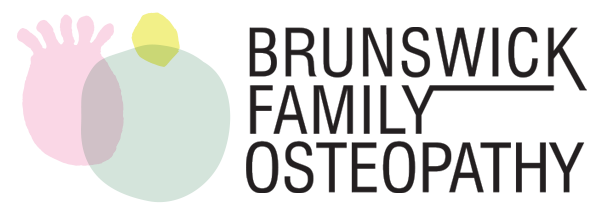
General Osteopathy.
What is Osteopathy?
Osteopathy is a hands-on manual therapy. Osteopaths combine a highly developed sense of palpatory awareness with a high level of training in functional anatomy and biomechanics as part of examination and diagnosis. With these skills, the Osteopath identifies and seeks to normalise strain patterns in the joints and connective tissues. Osteopaths are primary health care practitioners with a five-year full-time degree. This means that there is no need for a referral. Osteopaths can treat people of all ages from newborns, infants and children to adults and the elderly.
The main principle of Osteopathy is that the body is a whole and that the structure and function of the body are interrelated. This means that dysfunction or damage to one area of the body can have effects on other regions and other systems of the body. Osteopaths look to not only treat the symptoms of your problem but the cause behind it. Our techniques are typically hands-on and are specific to your condition and you.
Some of the conditions that people consult an Osteopath for are :
Neck injuries from accidents or ergonomic or occupational issues.
Low Back Injuries, pain or stiffness – both simple day to day injuries as well as more complex – with or without disc involvement, nerve pain/sciatica
Mid Back, chest and Rib strains, stiffness or Pain
Headaches and migraines
Sports Injuries - eg ankle sprains, knee injuries, tendonitis, bursitis, rotator cuff injuries
Strains and Sprains, tendonitis and bursitis of all parts of the body (not just the spine!)
Arthritic Pain
Nerve entrapment issues such as Thoracic Outlet Syndrome, Carpal Tunnel Syndrome, Sciatic Pain.
TMJ syndrome – jaw pain and dysfunction, related to clenching, grinding or bite dysfunction. We work on a cross-referral basis with many local dentists.
Chronic and complex Pain management and education
Third-Party Claims - Worksafe, TAC, Veteran Affairs
And many more….
What training do Osteopaths have?
In Australia, Osteopaths are registered practitioners and complete a five year, full-time university double degree or undergraduate degree plus master’s degree. They are trained in general medical diagnosis, pathology, anatomy, physiology and Osteopathic technique.
What happens in an Osteopathic treatment?
Upon arrival, you will be asked to complete a brief questionnaire which details your past medical history and presenting complaint. Your Osteopath will then take a detailed history of your complaint as well as your medical history. A thorough physical examination will follow which includes analyzing movement and hands-on assessment of the problem region. An Osteopath looks at the body as a unit, which means that the examination may include an assessment of adjoining regions and related systems in order to assess the overall effect of your complaint.
Once a diagnosis has been made, the Osteopath will use a variety of techniques. This may include soft tissue massage, joint manipulation, stretching, gentle connective tissue releases or Craniosacral techniques all aimed at restoring health and function to the affected area. Your treatment may also involve postural, exercise and/or dietary advice to aid in your recovery. Your initial consultation will last between half an hour to an hour and any subsequent consultations, should they be required, are around half an hour.
Can Osteopaths refer for x-rays?
Your Osteopath is also able to refer you for x-rays or further testing should they be required. If you have already had any examination such as x-rays, CT scans, MRI scans or blood test that you feel are relevant please bring the results and/or films in with you to your first consultation.
For further information on Osteopathy visit the Osteopathy Australia website: www.osteopathic.com.au
